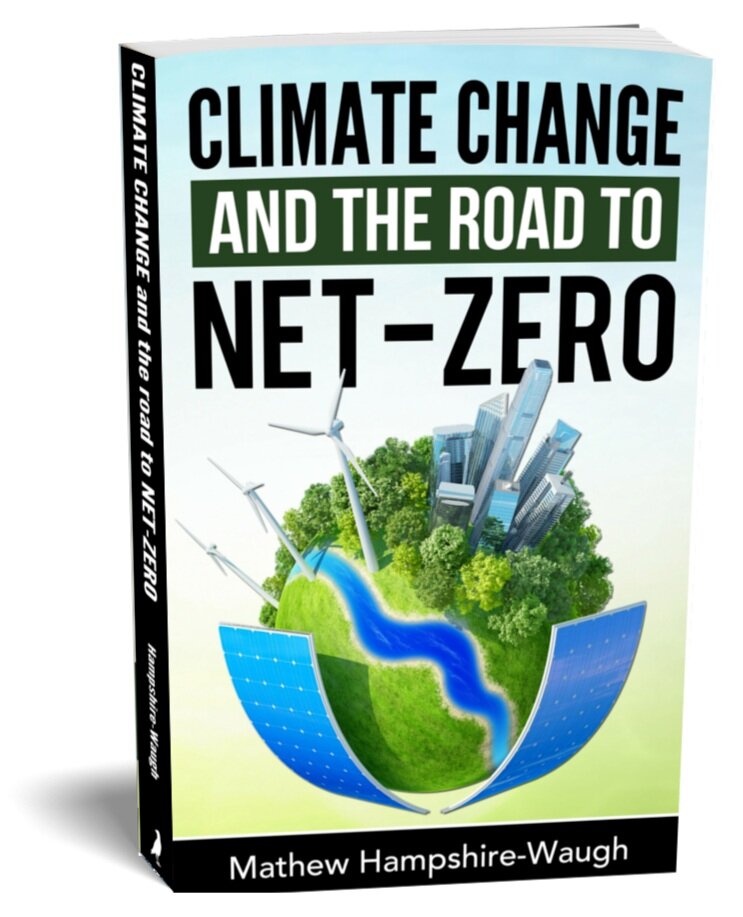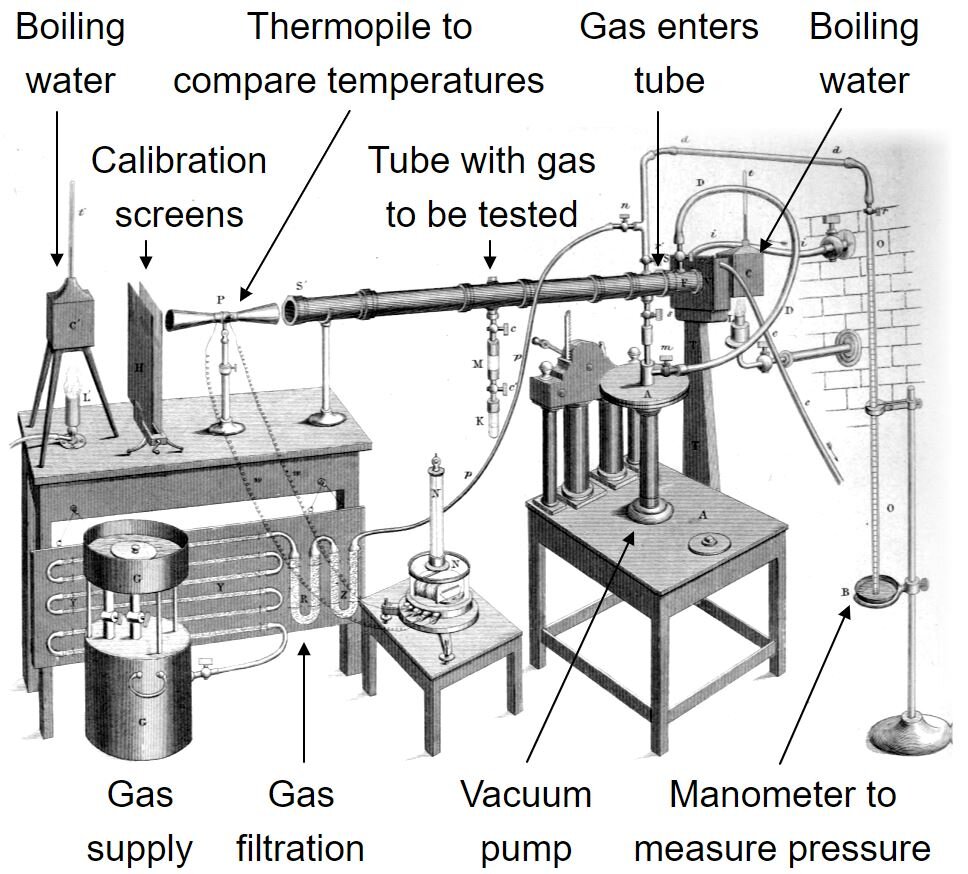Agricultural Emissions
In this post from the book net-zero:
Why is meat production so bad for the environment? The inefficiency of rearing animals and a football field of farm for each human on the planet.
How does agriculture contribute to greenhouse gas emissions? From cow burps to cutting down trees - how global agriculture drives global warming.
Do we produce enough food for everyone on the planet? The plentiful supply of calories and the pitiful distribution of food.
Agriculture Consumption Today
The agricultural industry produces nine billion tonnes of crop products every year. That’s a whopping 1.2 tonnes of crop for every person on the planet each and every year - the equivalent of 2.5 thousand packets of Frosties (that’ll really bring out the tiger in you!).
Half of those crop calories are used directly as food, 45% are fed to animals for meat and dairy produce, and the remaining 5% is turned into biofuel and blended into gasoline.
The average tonne of crop product contains nearly 2 million kcal (food calories) of energy. This means we produce around 6,000 kcal of edible crop products per person per day. In addition, Mike Berners-Lee and his team estimate that we use another 4,000 kcal of energy from pasture land to rear animals.
This brings the total food energy of agriculture to nearly 10,000 kcal per person per day and yet the recommended calorie intake is 2,000-2,500. So where are these extra calories lost along the way?
Animal Products Over 5,500 kcal per person per day are lost in meat and dairy production. Animal rearing is less than 10% efficient due mostly to waste heat and excrement.
Waste A total of 1,500 kcal are lost along the agricultural production chain.
BioFuels Around 300 kcal of edible crop energy per person per day (6% of total crop tonnes) are used to make ethanol biofuel.
Overconsumption The final 150 kcal per person per day losses are due to overconsumption – we eat more than we should, put on weight and have to consume more calories to sustain our heavier (less healthy) bodies.
Due to the inefficiencies of our current system, agricultural land covers 49 million km2 or 33% of all dry land on Earth. This compares to just 2% of land used for human dwellings and urban infrastructure. Agriculture, not urban sprawl, is the real land grab.
This means for every person on the planet we use 6,000 square metres or about one football pitch worth of agricultural land to grow and rear food. Eat mostly meat & dairy and you need four football pitches. Eat a vegan diet and you require just the penalty box.
Agricultural Emissions
The agricultural sector emits nearly 13 billion tonnes of CO2 equivalent emissions (CO2e) per year which is 24% of global annual emissions. Unlike the other areas of the economy, energy use in agriculture accounts for only a small fraction of the total emissions. The real culprits are deforestation, cows, and nitrogen.
The source of agricultural emissions come from:
Energy Use The agricultural sector uses 4 trillion kWh of final energy every year (4% of total) which emits 1.5 bn tonnes CO2 (3% global emissions).
Enteric Fermentation Animals with multi-chambered stomachs break down tough plant matter such as cellulose using bacteria. The process takes place without oxygen so, instead of forming CO2, they belch or fart methane which has 28x greater global warming potential. The main culprits are cows and sheep which are responsible for around 2.5 billion tonnes of CO2 equivalent methane emissions per year (5% global emissions).
Fertiliser Both synthetic fertiliser and natural manures increase the amount of nitrogen in soils and nitrogen run-off from fields. This increases the rate at which the solid or liquid nitrogen is oxidised into nitrous oxide gases in the atmosphere which have a warming potential of 265x that of CO2. Fertiliser and manure use accounts for 3 billion tonnes of CO2 equivalent NOx per year (6% global emissions).
Rice Paddy Flooding Large areas of otherwise dry soil are flooded to grow rice. The water prevents oxygen in the air getting to the soil so dead plant matter is broken down into methane (rather than CO2). Nearly 800 million tonnes of paddy rice are produced each year emitting 0.7 billion tonnes of CO2e (1% global emissions)
Deforestation Every year approximately 150,000 km2 of forest is cleared to make way for agricultural land (mostly in the tropics). Roughly 70,000 km2 of forest regrows. So a net total of 80,000 km2 or 0.2% of forest is lost per year. Forests have over 50,000 tonnes of CO2 per km2 bound up as carbon in their trunks, branches, roots and soils which is released back into the atmosphere through burning, rotting and cultivating. This emits net 4 billion tonnes of CO2 per year (7% global emissions).
Peatland Draining wetland areas where dead plant matter has been buried and transformed into peat (the first step to coal). Peatland covers 3 million km2 of earth or 3% of land. Peatland draining or burning releases 1.5 billion tonnes of CO2 into the atmosphere every year (3% global emissions).
Agriculture Tomorrow
Today’s agriculture already provides more than enough calories to feed everyone on the planet despite the losses from meat, dairy, biofuels, and waste. Yet the claims on land and the processes involved are responsible for one quarter of all human green house gas emissions. And despite the abundant supply of calories there are still 800 million undernourished which is 10% of the global population (mostly in developing countries) and 1.9 billion overweight adults, including 650 million who are obese (mostly in developed countries) - clearly we aren’t very good at sharing.
The challenge for future agriculture is to produce enough food for a growing global population, to distribute the calories more evenly, and to move towards net-zero.
Feeding the world without warming the planet will take a combination of better production yields, less meat, less waste, and low carbon farming practices coupled with reforestation and restoration of peatland.
We take a look at some of the options for agriculture here, and for more on the carbon footprint of agriculture (and well everything) check out Mike Berners-Lee’s “There is no Planet B” in the bookshelf.



































